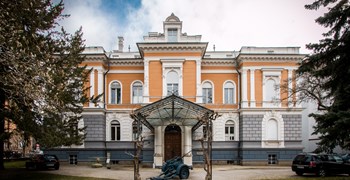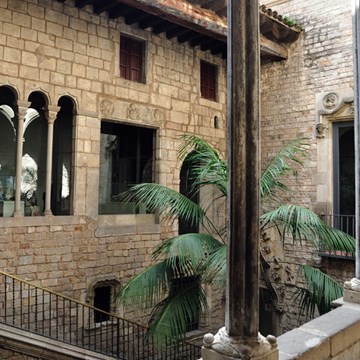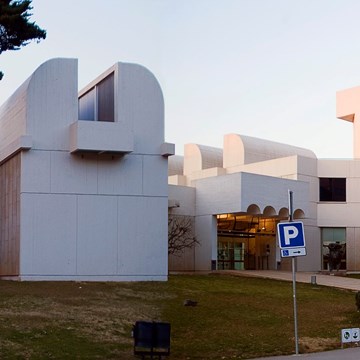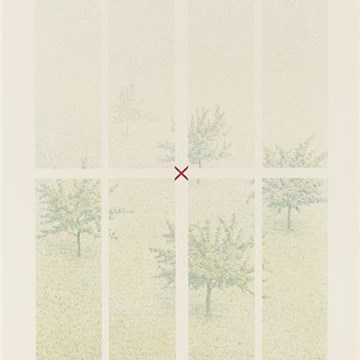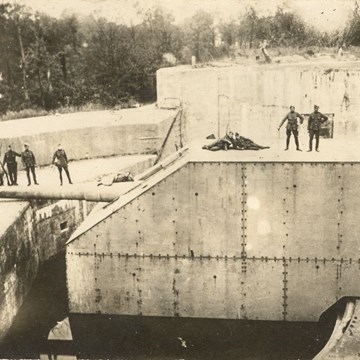Dance: A Celebration of Life
“Whosoever knoweth the power of the dance, dwelleth in God.”
― Rumi
Dance is a celebration; dance is language. Language beyond words. It is a frequently explosive manifestation of the instinct for life that seeks to abandon any duality of time to reach in a single bound the primaeval unity. In this unity beyond time bodies and souls, the creator and the creation, the visible and invisible find each other and merge in a unique ecstasy. Dance declares and celebrates the identification with the eternal.
Dance has been intrinsic to all people around the world throughout history since time immemorial until today. In prehistoric peoples, to dance was to imitate warrior and animal dancing. Later, it was practised in rituals for ceremonial purposes as a sacred act, as part of a religious ceremony and a form of communication in which the artist and their work of art are inseparably linked into one.
The whole Creation is dancing; this is depicted in Shiva as the divine cosmic dancer Nataraja, also one of the three supreme beings in Hinduism. He is the destroyer of ignorance and liberator in the ring of flames, whose dance symbolises both creation and reconciliation, both annihilation and preservation.
In his poetry, the Sufi mystic Jalal ad-Din Rumi, the founder of the Whirling Dervishes, describes the unity experienced in dance. While dancing, the Dervishes seek the Divine origin; they look inward to be able to awaken to their own origin and the Truth that only reveals to the man in his depths.
“Dance, when you’re broken open.
Dance, if you’ve torn the bandage off.
Dance in the middle of fighting.
Dance in your blood.
Dance, when you’re perfectly free.
Close the ears on your head that listen mostly to lies and cynical jokes.
There are other things to hear and see:
dance, music and a brilliant city inside the soul.”
― Rumi
In ancient Greece, dance was considered an expression of soul and body. It played an essential role in public religious ceremonies performed by the choir. However, an exceptional link connects the dancer and the warrior; and even Socrates used to claim that the best dancer is also the best warrior.
Haka, the traditional warrior dance of the New Zealand aboriginal people Maori, means a song accompanied by dance. They performed it before battles to scare their opponents and build their own confidence. Their prominent facial expressions and resolute body moves substantiated their willingness to fight, thus revealing their personal feelings. And when dancing, an individual can perfectly express their feelings in movement, which is expressed in the Latin verb “emovere”, meaning to move, stir, whereas “emotion”, emotions, stands for energy in movement.
Shamans use dance accompanied with drums to provide it with rhythm, to achieve an intensification of energy; this supplements their ascension into the world of spirits from where they are receiving messages. A number of ceremonial dances for summoning rain, the dance of the sun, the ancient Chinese mourning dance and similar ceremonial dances seek to enhance the soul and lead it to the invisible path from the ephemeral to the eternal. For dance is prayer.
The intimacy established through dance is depicted nicely in tango, an urban socialising dance originating in poor Latin American quarters, which in translation means to touch. Originating in merged African-Cuban and Latin-Cuban rhythms, salsa uncovers the temperament in us, and our passion for life. A former religious type of dance, the oriental dance is meant to celebrate femininity. It is, therefore, no surprise that it helps to heal and foster the female energy, which is also described in one of the stories of the exhibition Dance: A Celebration of Life. Other stories tell how to use dance to enter other planes of existence, whereas dance can also be used to turn a body into a musical instrument.
From prehistory to the most contemporary dances of today, from ancient Greece and its mysteries to Siberian or American shamanism, always and everywhere, man has used dance to express the same need for liberation, for conveying joy and celebrating Life.
ABOUT THE AUTHOR:
Almira Ćatović received a Slovenia Press Photo award in the People category for her story Silva, presenting the process of overcoming cancer and facing illness, as well as the personal transformation of Silva aged 60. At the same festival, she received an honorary mention in the Nature category for her photo The Way of the Heart in the Stražun Woods. She has participated in numerous solo and group exhibitions in Slovenia and elsewhere. Since 2009, she has been a member of the Maribor Photo Club.
Exhibitions and events

Shhh! Maribor 1941-1945
Permanent exhibitionShhh! Due to the secret nature of this data, we cannot disclose everything in this invitation, so we'd like you to join us at the opening of our permanent exhibition.
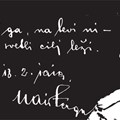
»Na desni ga, na levi ni – pred nami svetli cilj leži«
Permanent exhibitionRazstava prikazuje predvsem boj za slovensko severno mejo na Štajerskem in vzhodnem Koroškem, na ozemlju, ki je bilo konec leta 1918 v Štajerskem obmejnem poveljstvu. Atentat na...

A Monument to Maribor's Industry - Industrial Maribor in the 20'th Century
Permanent exhibitionAlong with its favourable geographical position and advantageous conditions also its electrification contributed to the industrial boom of Maribor and northeastern Slovenia. Namely, the first...

Maribor is ours!
Permanent exhibitionAfter the formation of Yugoslavia, Maribor became an important border city, representing Yugoslavia’s north-western gate into the world. The city became the transport route connecting the Alps and...

History of Photography
Permanent exhibitionFrom the very beginning, humankind has had the desire to prove themselves and to understand the world surrounding them. Certainly there were moments when people wished to capture a moment in an...
Activities from this museum
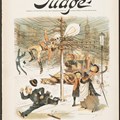
In zasvetila je luč 1883 - Predšolski in I. triada
Kakšno je bilo življenje v Mariboru v tistih časih, ko še ni bilo elektrike?...

Kaj se skriva v muzeju? - Predšolski, 1. triada
Otroci bodo spoznavali delovanje muzeja, slišali zgodbo o zgodovini muzejske...

Dišijo praznične dobrote
Na delavnicah predstavljamo del kulturne dediščine, ki se skozi stoletja...
